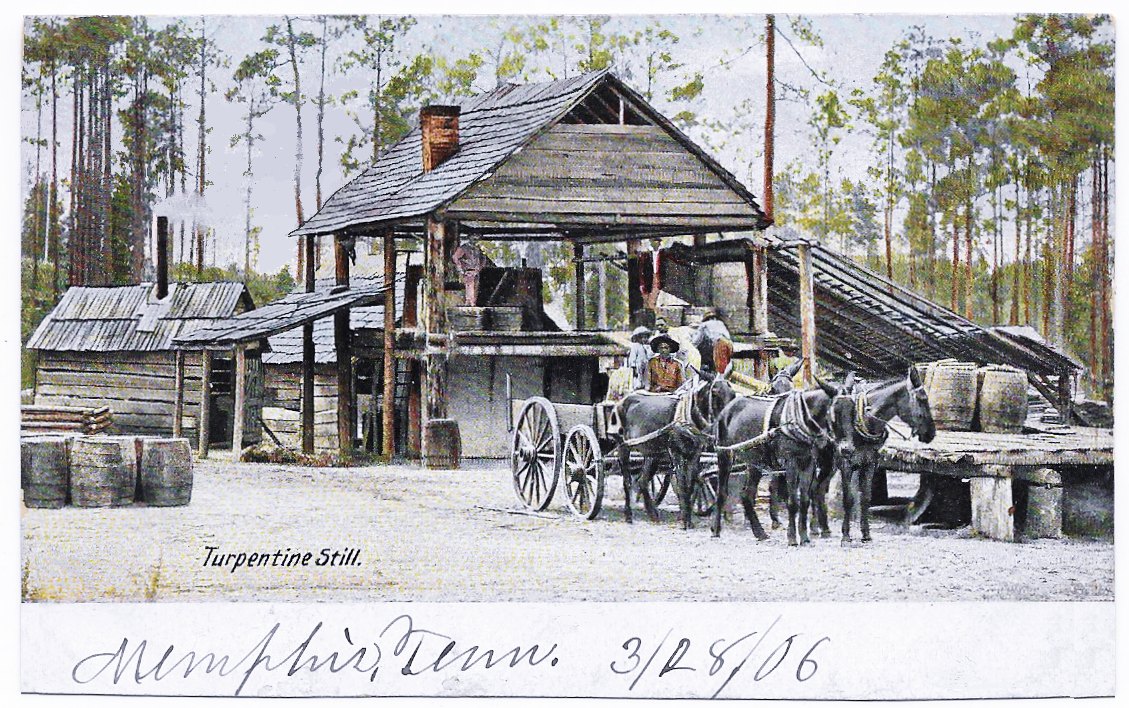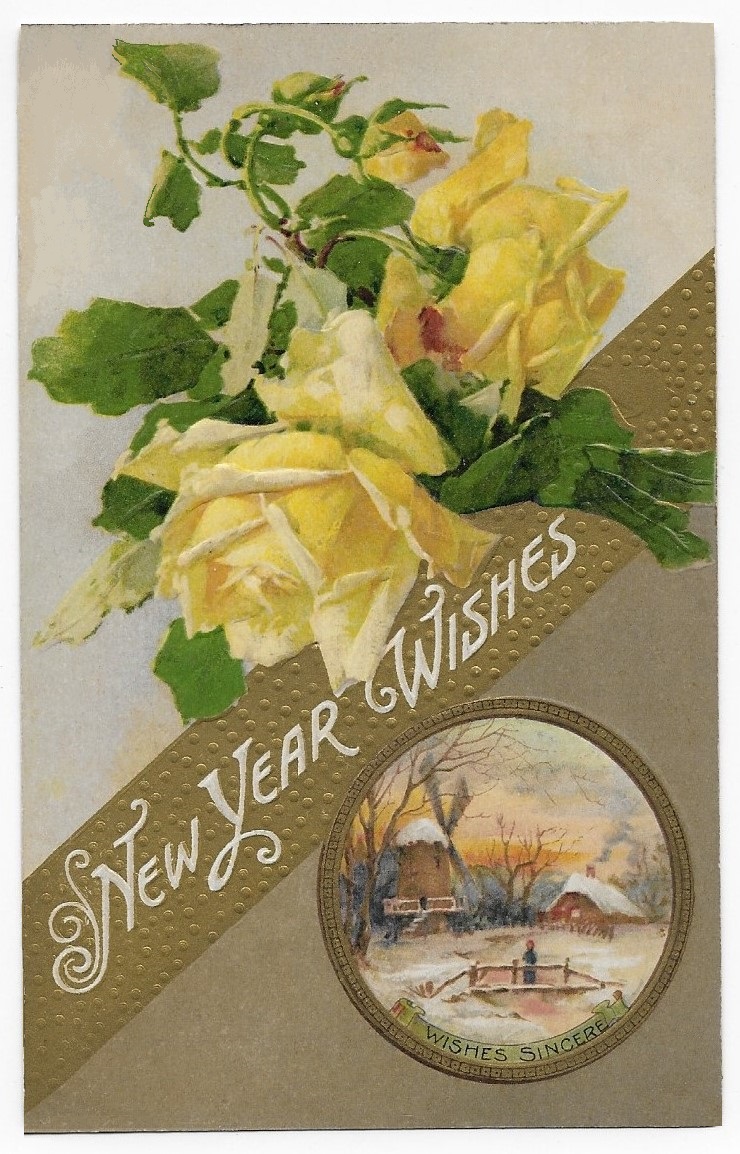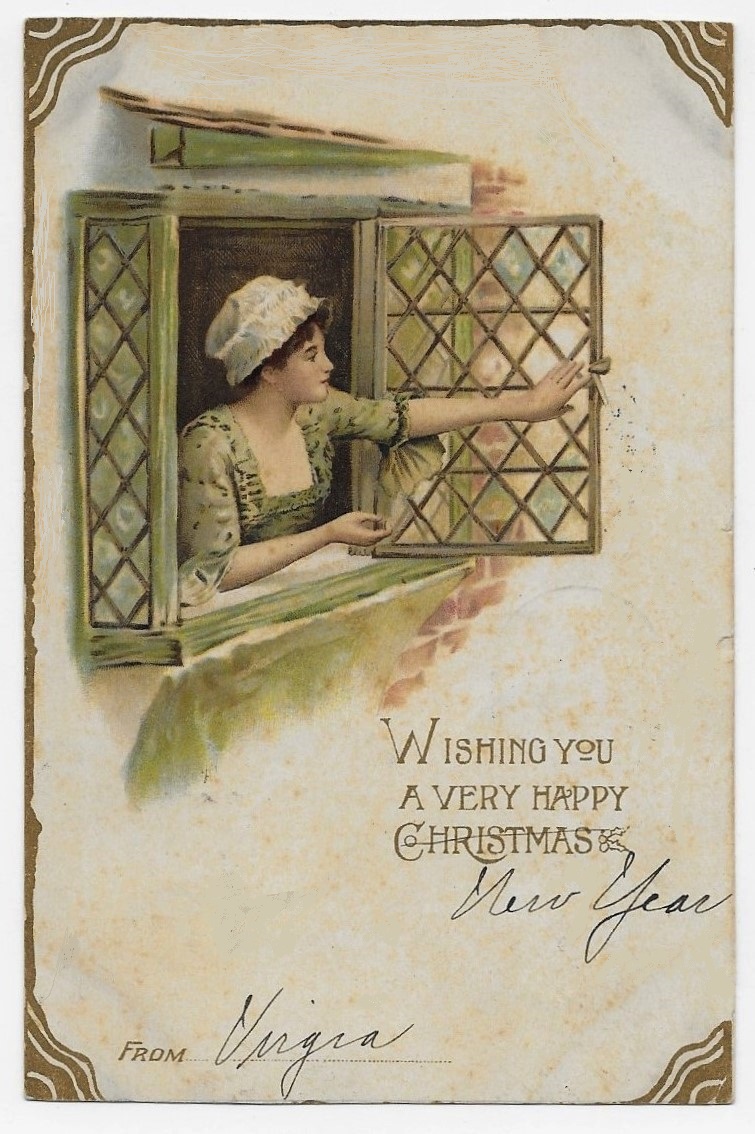If you were in school a very long time ago, you may recall when charts (or maps) showing natural resources included a category of “Naval Stores”.
The states of North Carolina, Georgia, and (sometimes) Florida often displayed “Naval Stores” as primary natural resources.
These “Stores” included gum (later, turpentine), rosin, pitch, and tar – all products required for ship-building.
During the great national expansion of the railroads, railroad ties were included as a “Naval Store” because they came from the same forests of the south.
https://en.wikipedia.org/wiki/Naval_stores
(These woodlands were not the “scrub-pine” forests of today. The great “Long-Leaf Pine” forests are almost all gone – a victim of poor forest management, destructive industry practices, free-range hogs, and neglect.)
https://www.ncpedia.org/anchor/naval-stores-and-longleaf
The production of naval stores was labor-intensive, and it changed through the seasons.
In the winter, barrels were built and pine trees were “boxed” – having a sap collection apparatus attached.
The apparatus required continual monitoring, cleaning, and “scraping” when the gum was collected.
Some might work on nearby turpentine stills, while teamsters hauled barrels to other processing points.
Ten thousand of trees might be worked by a crew.
Before the Civil War, much of the work was done by slaves, and many of the freedom-seekers who reached the forested areas of northern states continued working as “woodmen”.
The industry declined throughout the early 20th century as mechanization, chemical replacements, and the end of wooden ships severely reduced demand.
Nevertheless, production of traditional “naval stores” continues today.
Master William Lybarger lived in Mifflinburg, a borough in the Susquehanna River Valley of Union County in central Pennsylvania.
In 1845, a buggy and carriage manufacturing business was established in Mifflinburg, and the borough was the capital of buggy-making at the dawn of the 20th century.
https://en.wikipedia.org/wiki/Mifflinburg,_Pennsylvania
In March of 1906, the boy received a postcard from Memphis, Tennessee.
The face of the postcard shows a Turpentine Still.
A group of laborers, mostly Black, appear to operate the enterprise.
The postcard photograph was published by the Hugh C. Leighton Company of Portland, Maine.
The postcard was printed in Frankfort, Germany.
(An uncolored print of the same photograph is published in the New Georgia Encyclopedia, which may indicate that the original site was in Georgia (which is more likely to be the case than is Memphis.)
Beneath the hand-colored scene, a date was inscribed by the sender, but there are no initials nor a name.
(The edge of the postcard was damaged; it is possible that the sender had made some other inscription.)
Young William preserved the postcard throughout his life; he may not have realized that the activity in the photograph was disappearing.





